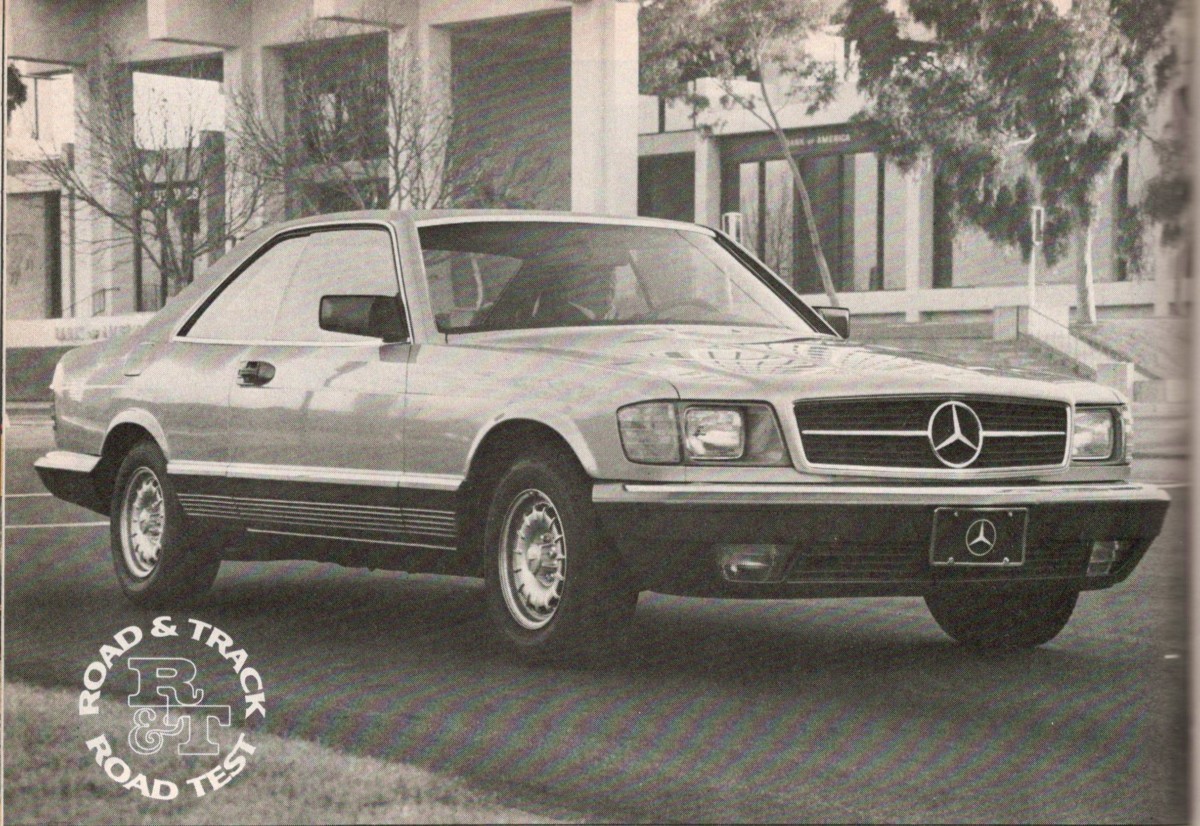Despite initial concerns about its engine size, especially in the context of the “Malaise Era,” the 380 SEC’s V8 engine proved to be surprisingly competent. Road & Track’s review highlighted the engine’s excellent driveability and its seamless pairing with the four-speed automatic transmission. Acceleration was noted as brisk from a standstill, achieving a 0-60 mph time of 10.4 seconds, which was commendable for its time. While it might have lacked top-end power compared to later models like the 560 SEC, the 380 SEC delivered a refined and capable driving experience that impressed critics.
The design of the 1982 Mercedes 380 SEC also garnered significant attention. While some at Road & Track felt the coupe appeared elongated relative to its width, many, including the original article’s author, found its proportions superb. The shorter wheelbase and coupe greenhouse contributed to a visually appealing and balanced aesthetic. This design language established the SEC as a stylish and desirable coupe within the Mercedes-Benz lineup.
Inside, the 1982 Mercedes 380 SEC was lauded for its luxurious and well-appointed interior. Road & Track praised the cabin’s design and material quality, although they considered the automatic seat belt mechanism somewhat gimmicky. Nevertheless, the interior exemplified Mercedes-Benz’s commitment to passenger comfort and refinement.
Beyond its engine and aesthetics, the 1982 Mercedes 380 SEC excelled in handling and ride quality. The review emphasized its competent handling characteristics and the remarkable suppleness of its ride, even over rough road surfaces. The relatively high-effort power steering and braking system also received positive feedback, contributing to a confident and controlled driving experience. Despite its premium price tag of $50,000 in its day (equivalent to approximately $135,000 today), the 1982 Mercedes 380 SEC was perceived as a vehicle of exceptional function, capability, and overall quality.
In conclusion, the 1982 Mercedes 380 SEC stands as a testament to Mercedes-Benz’s engineering prowess and design philosophy. As Road & Track succinctly put it, “The excellence is indisputable.” This classic coupe remains a highly sought-after model, embodying the timeless appeal of Mercedes-Benz luxury and performance from the early 1980s.
